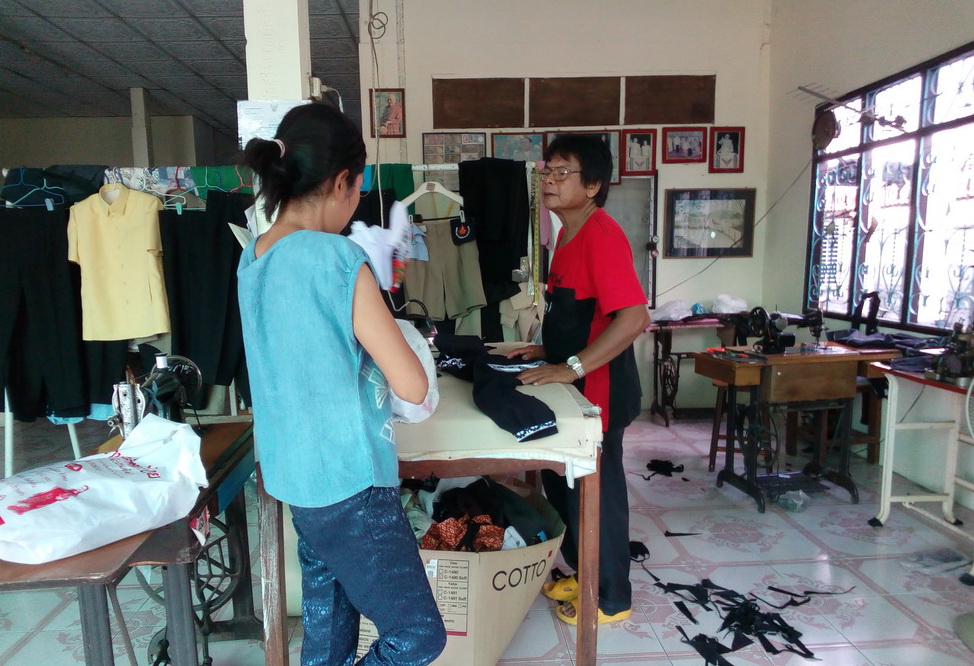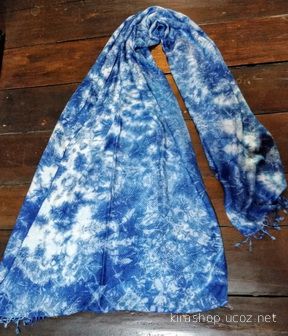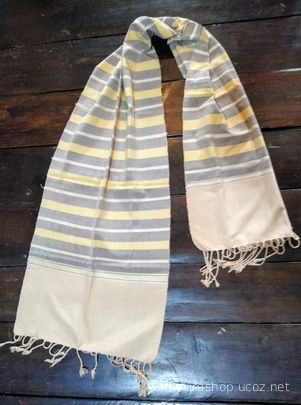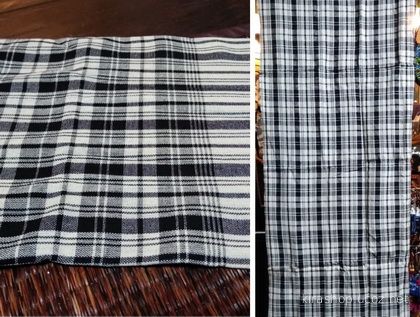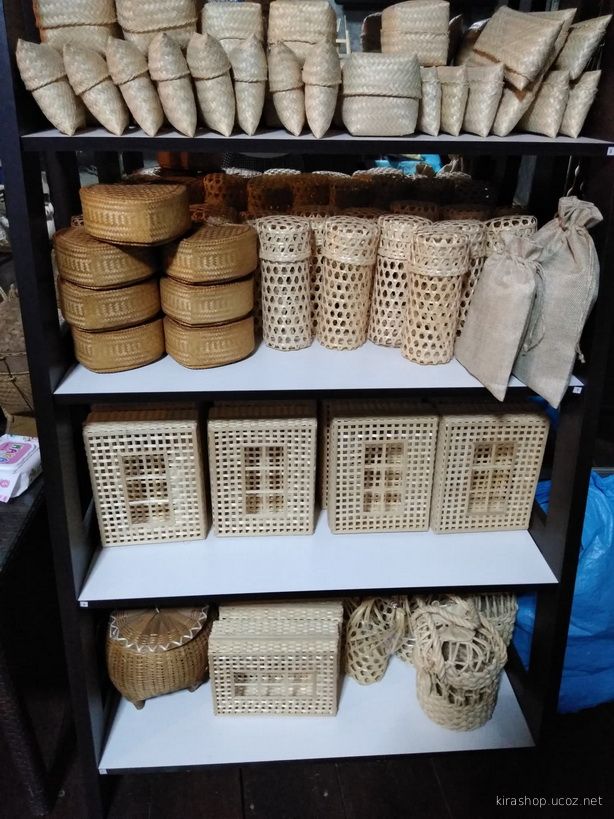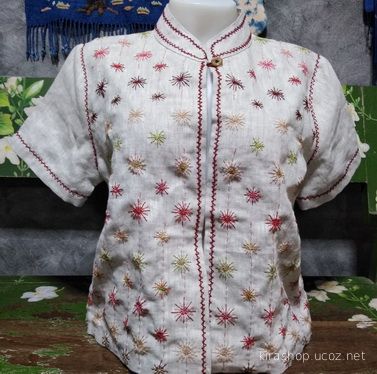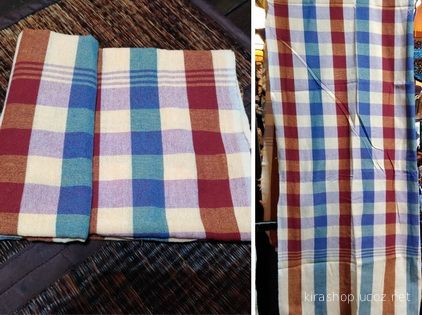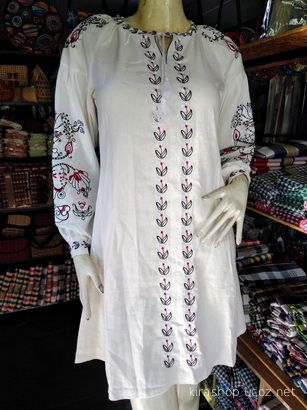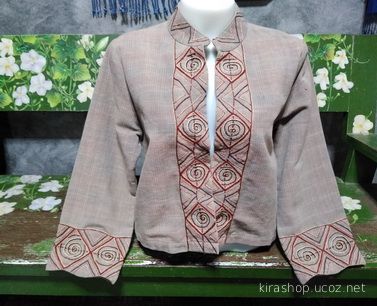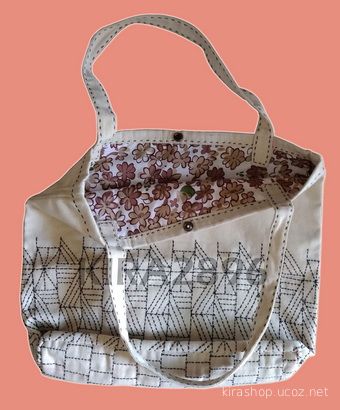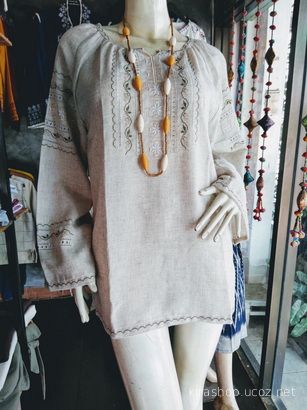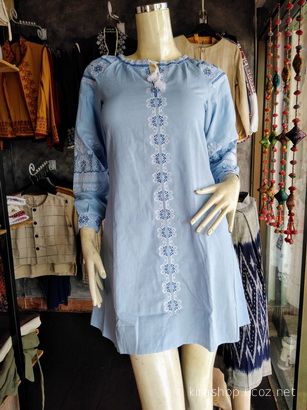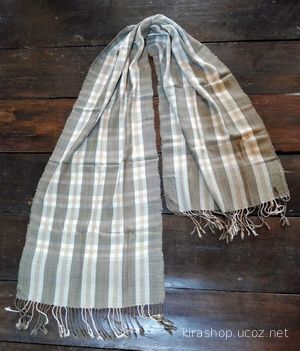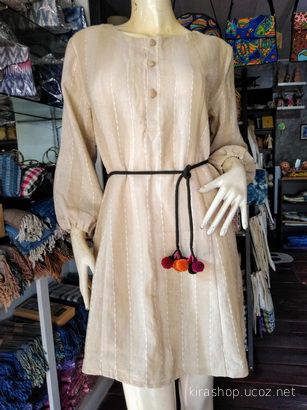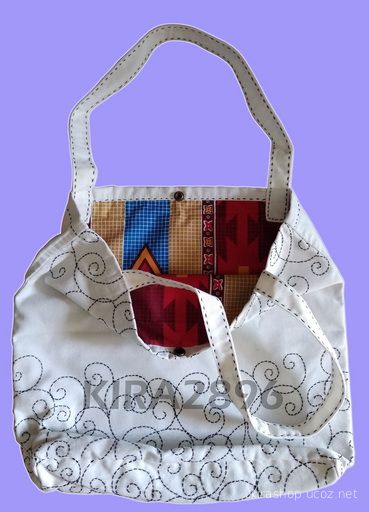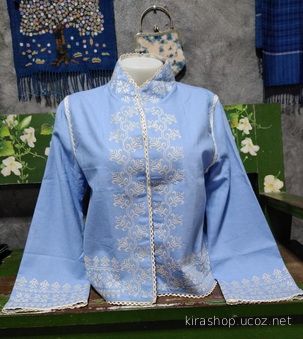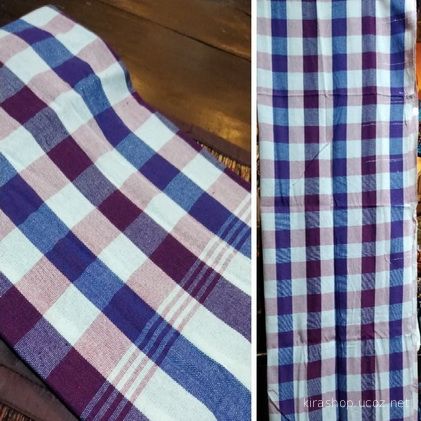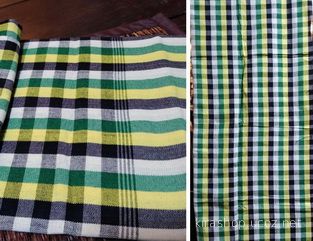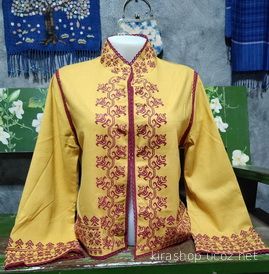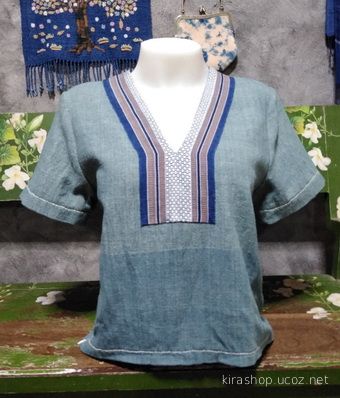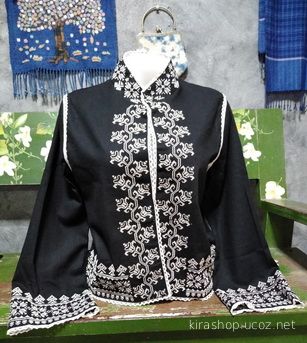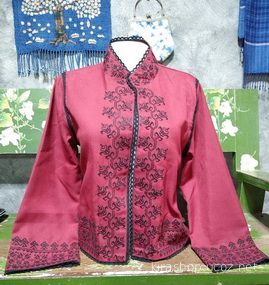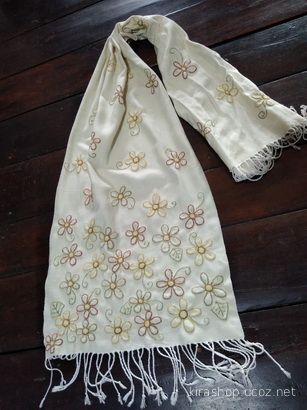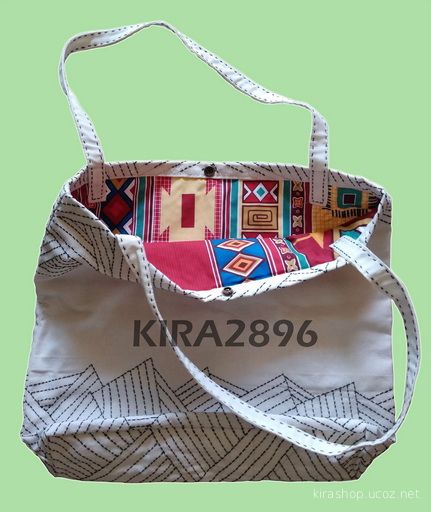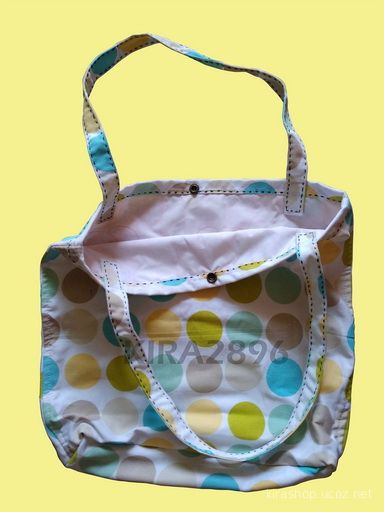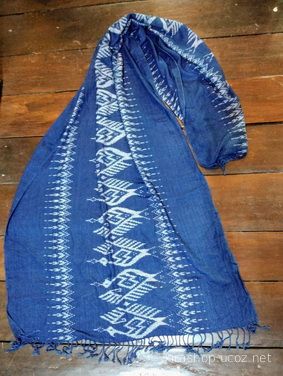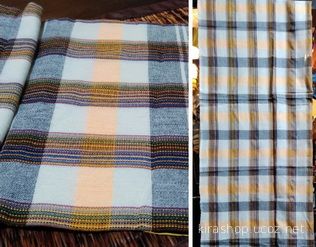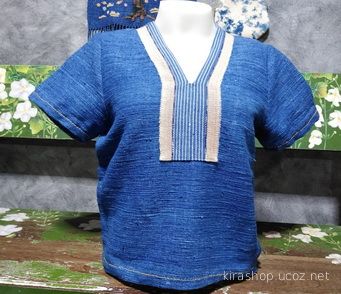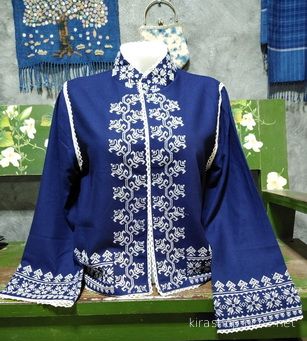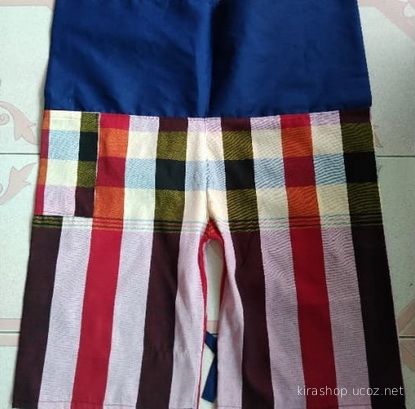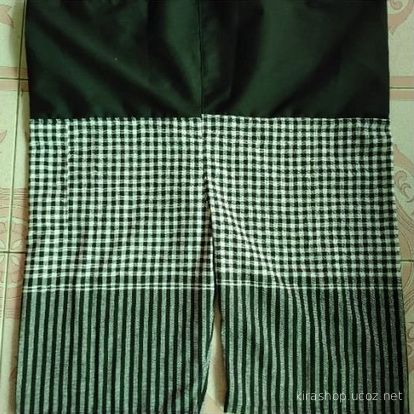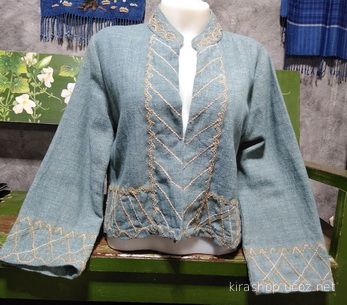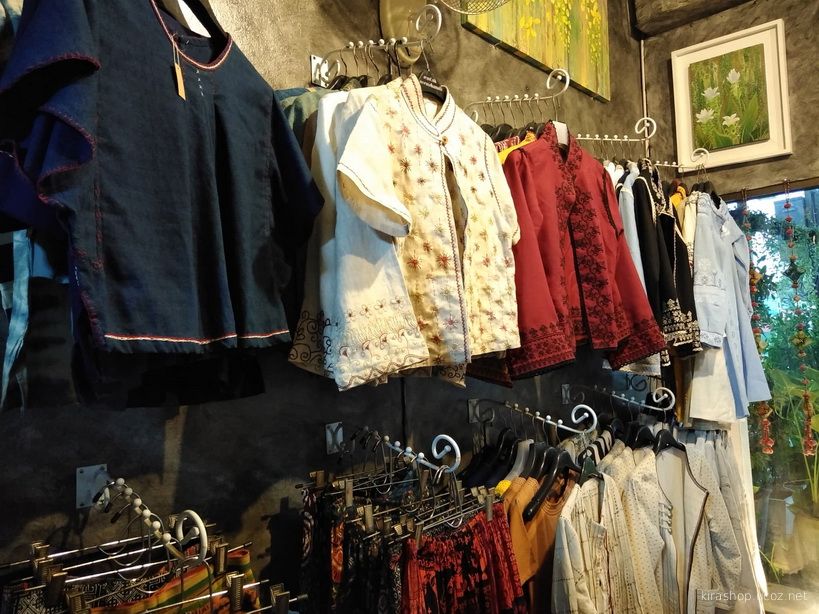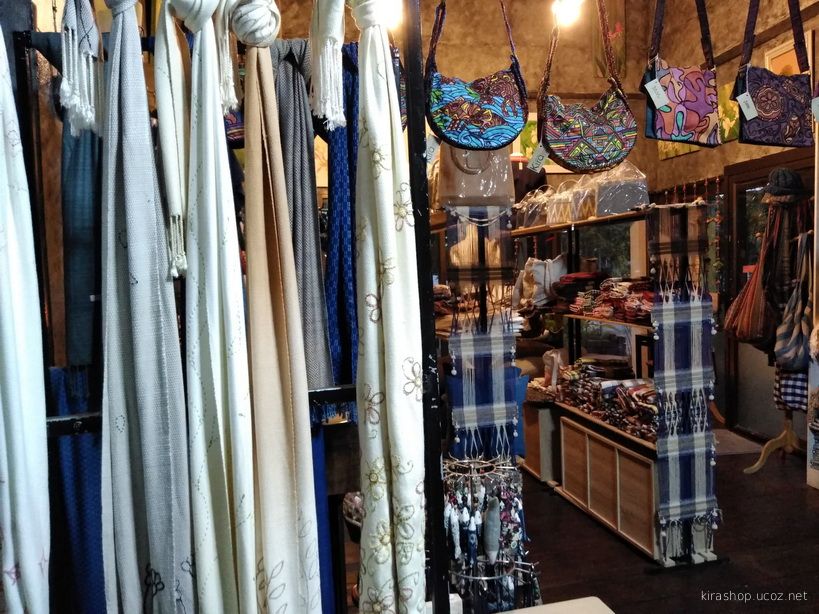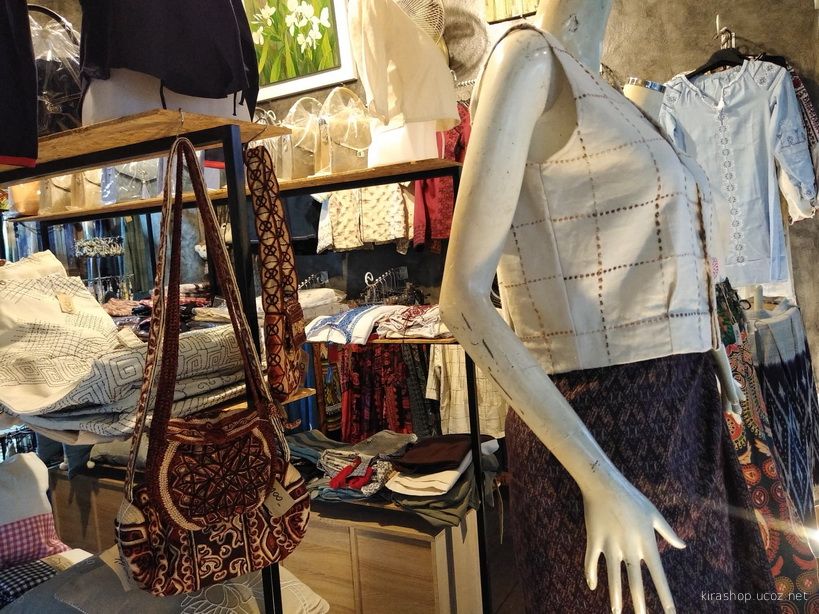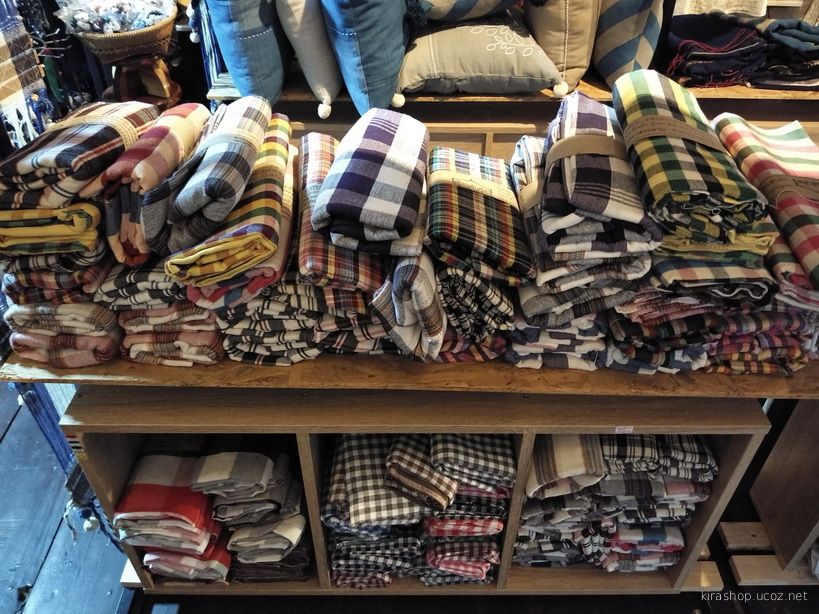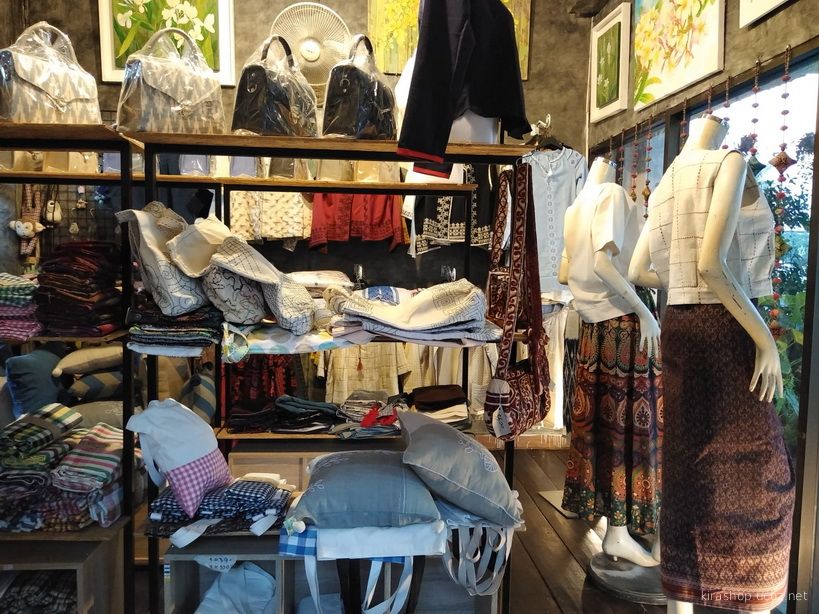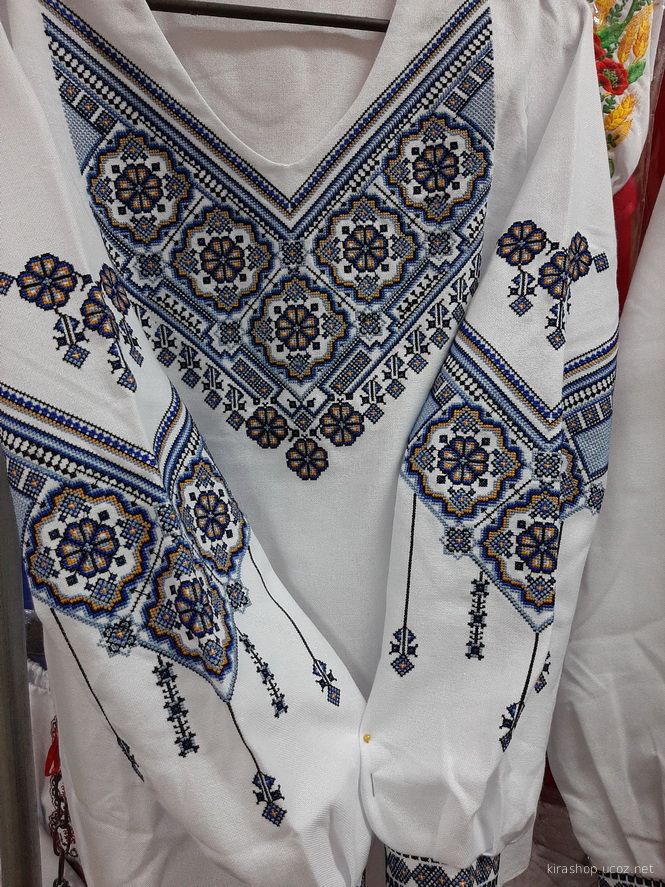
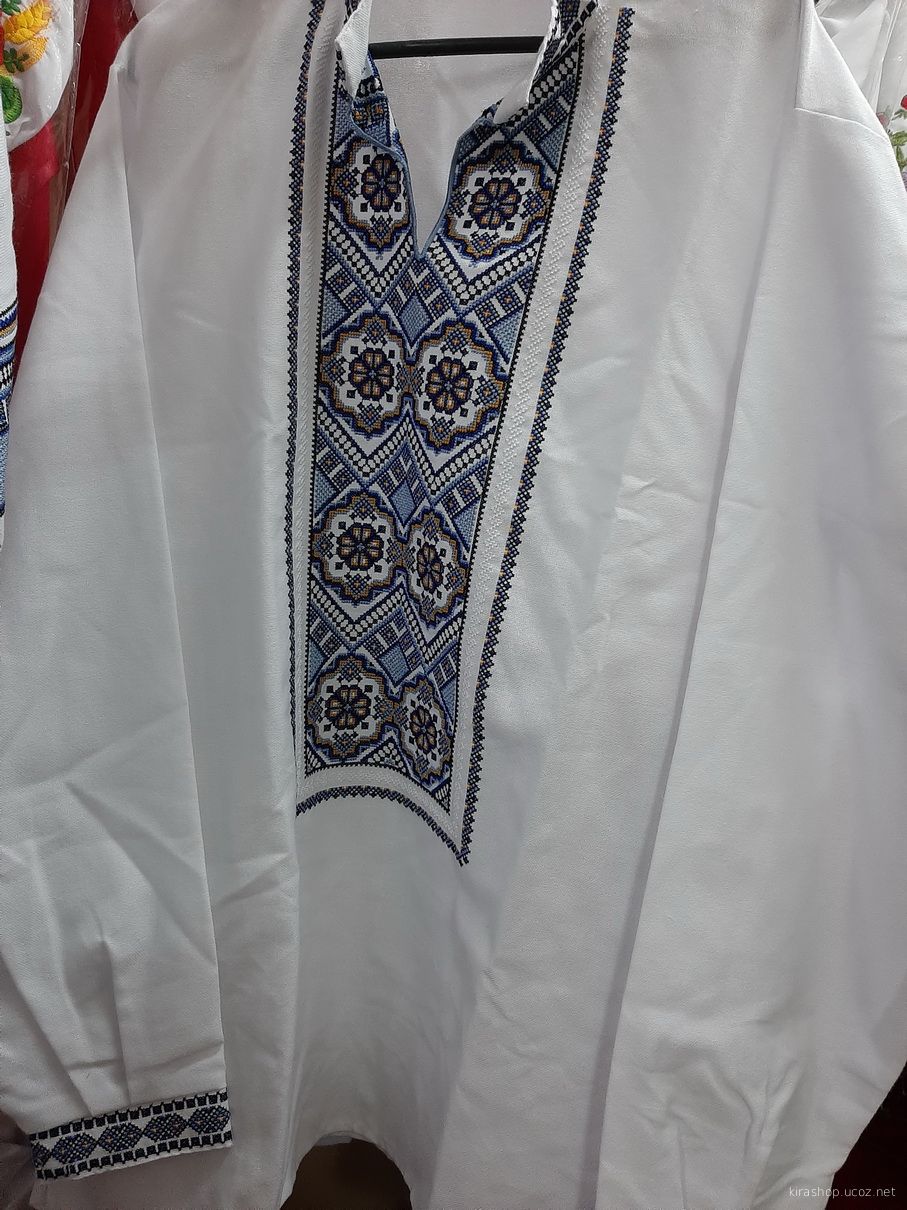 Historically, boho is quite a young style, having originated as such in the ‘60s. So it’s the style of artists, the style of free and beautiful people and just the style of those, who want to be free! If we were to define the boho mood as such, probably we would use descriptive details like joyfulness and openness to the world. The constant search of new inventions and discoveries, the longing towards everything that’s artistic and beautiful and the absolutely free and at the same time harmonious inner world are what the boho style is actually shaped with.
Historically, boho is quite a young style, having originated as such in the ‘60s. So it’s the style of artists, the style of free and beautiful people and just the style of those, who want to be free! If we were to define the boho mood as such, probably we would use descriptive details like joyfulness and openness to the world. The constant search of new inventions and discoveries, the longing towards everything that’s artistic and beautiful and the absolutely free and at the same time harmonious inner world are what the boho style is actually shaped with.
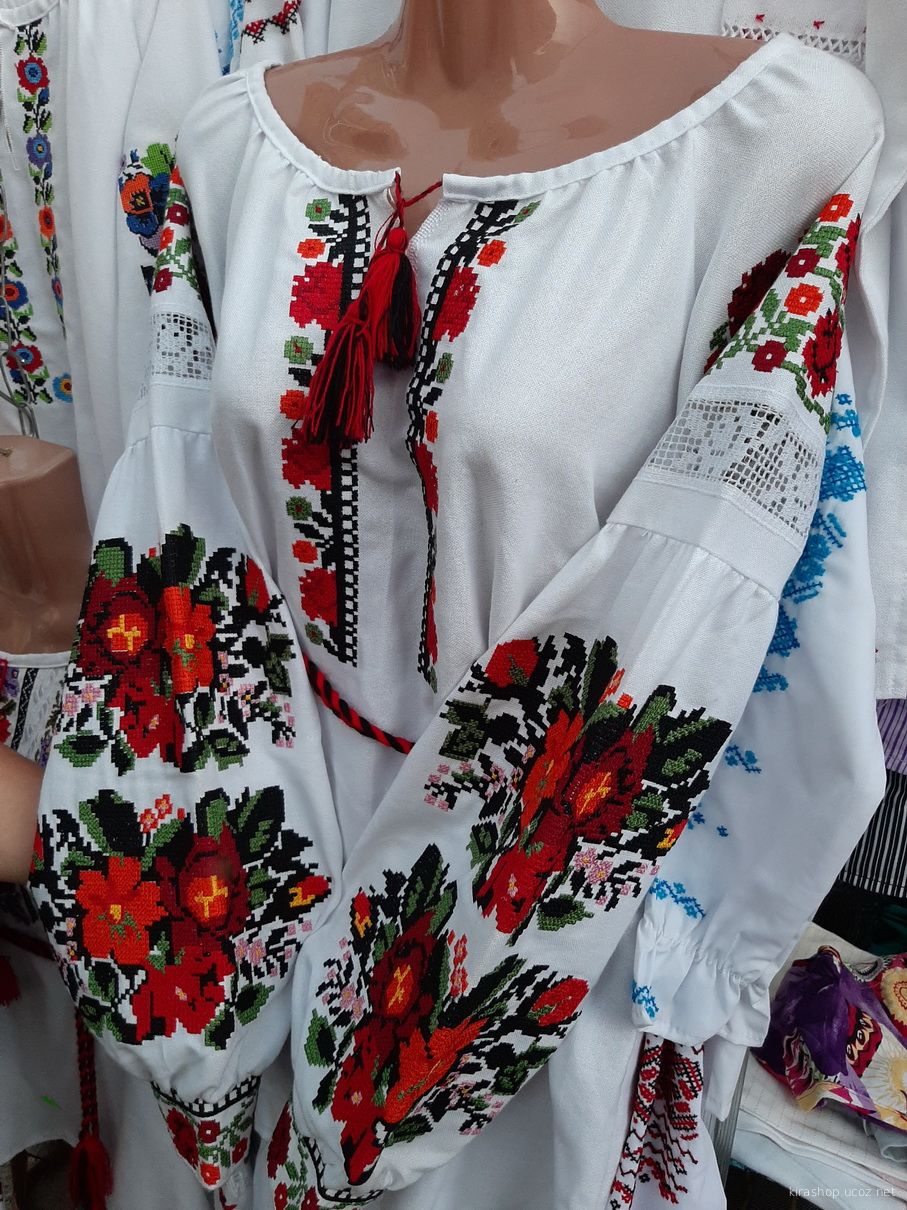 Abstract: The convergence of art and fashion had already been fully developed many years ago. Today, they have combined together in a productive relationship that stimulates the creative expression of a new lifestyle.
Abstract: The convergence of art and fashion had already been fully developed many years ago. Today, they have combined together in a productive relationship that stimulates the creative expression of a new lifestyle.
The term "Bohemian" has often been used to refer to the fashion and lifestyles of writers, artists, and other individuals who live outside of the norms and standards of other members of society.
Bohemian fashion more recently developed to the term "Boho-Chic" that is largely inspired by the bohemian styles of the nineteenth century with some influences of recent fashion trends. It is a very appealing style that has found its way into a number of different fashions for women.
The features of Boho-Chic are notable in that they can create some details that are very specific and unique around the build of an outfit or other kind of fashion. This style is one of the most interesting fashion styles of today which requires a great fashion sense to be able to put the right pieces together to create an enviable and unique look. In this research the fashion elements of this revival style are utilized in contemporary apparel designs, which reflect the aesthetic features of the Boho-Chic to connect the human with world and nature.
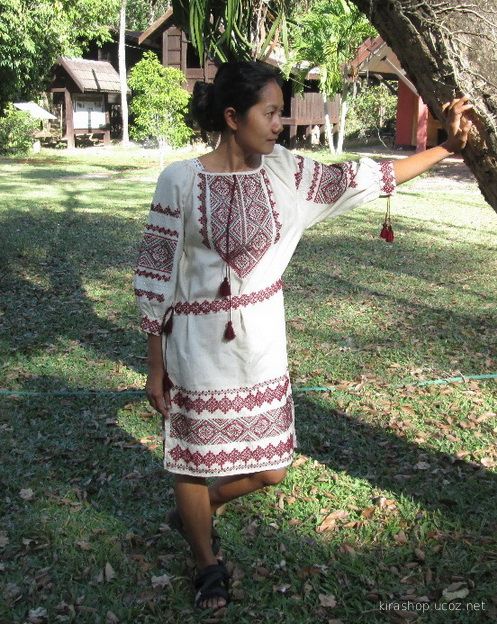
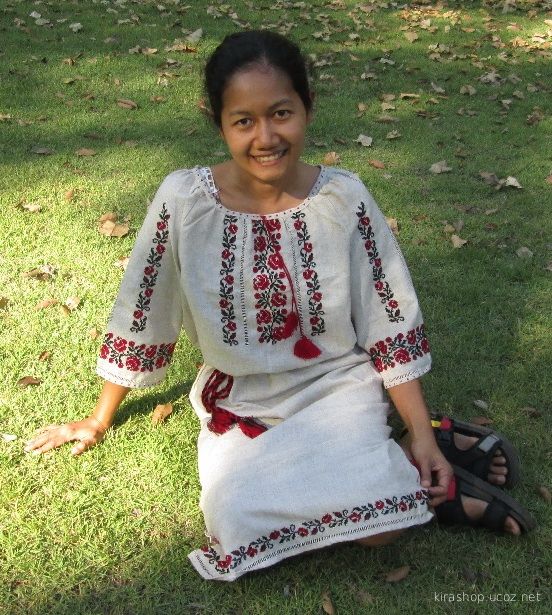 Introduction
Fashion fulfills its fundamental function when worn by human, whether that function is to protect the body or to create a symbolic meaning. In addition, the action of choosing clothes, wearing them and making a style is a kind of art, where all individuals are a living form of artwork.
Introduction
Fashion fulfills its fundamental function when worn by human, whether that function is to protect the body or to create a symbolic meaning. In addition, the action of choosing clothes, wearing them and making a style is a kind of art, where all individuals are a living form of artwork.
Inspiration can be derived from any concept, but art has a special connection to fashion. Just as fashion is an expression of ideas and emotions, so is art. It is imagined that there are reciprocal forces between the two concepts, art influences fashion and fashion influences art and some contend that fashion is art. Regardless of this ongoing debate, fashion designers should become apprised of modern art movements and remain curious concerning events in the contemporary world of art. This activity looks at the connections between art and fashion. Throughout history artists used many different styles to represent concepts, and fashion can relate to them all. [1]
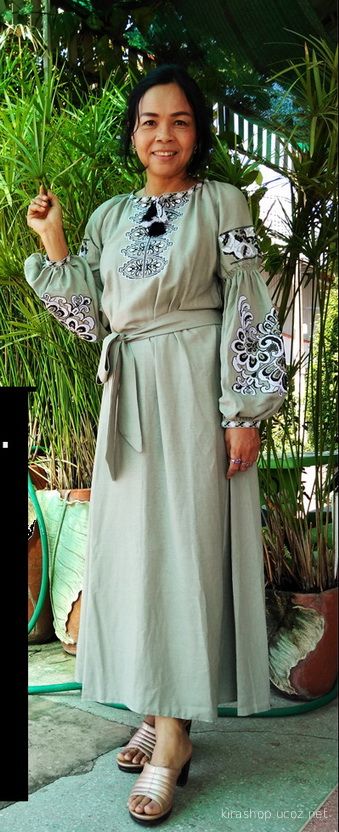
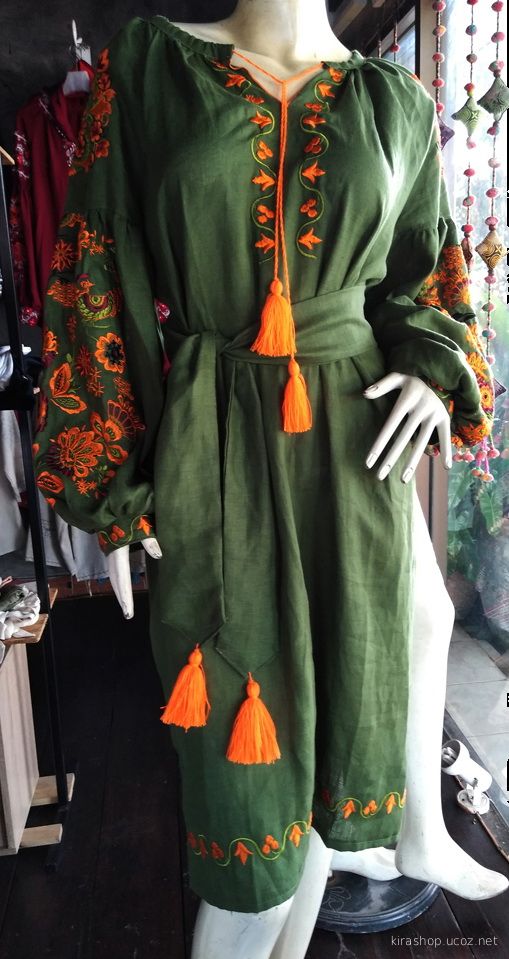
 Origin of the Bohemians
The Bohemians, as a counterculture, appeared in France after the French Revolution. Deprived of the former system of patronage, where wealthy clients supported the arts, artists were plunged into poverty. Many took up a nomadic life style, lived cheaply, and wore worn out and unfashionable or used clothing.
Origin of the Bohemians
The Bohemians, as a counterculture, appeared in France after the French Revolution. Deprived of the former system of patronage, where wealthy clients supported the arts, artists were plunged into poverty. Many took up a nomadic life style, lived cheaply, and wore worn out and unfashionable or used clothing.
Formerly, an artist was seen as a skilled and talented crafts person. But the Romantic Movement of the late 18th century rejected the confines of bourgeois life and the former importance placed on reason, to embrace the imagination. A new cult of personality emerged with the artist as hero and individual style expressed in the way one dressed. An artist became a special type of person, not merely a crafts person, but a kind of eccentric genius whose creativity was displayed in the way they lived and looked. [2]
 People compared the new artistic types to wandering Gypsies and believed that Gypsies originated in Bohemia, an area of Eastern Europe and the Balkans. So, they came to refer to artists and intellectuals as Bohemians. Gypsy was a European term for the Romany people, an ethnic group with Indian origins who had migrated north. The word Gypsy, derived from the word Egyptian, which many thought the actual home of the nomadic people who were often social outcasts that lived outside the mainstream.
[3,4]
.
People compared the new artistic types to wandering Gypsies and believed that Gypsies originated in Bohemia, an area of Eastern Europe and the Balkans. So, they came to refer to artists and intellectuals as Bohemians. Gypsy was a European term for the Romany people, an ethnic group with Indian origins who had migrated north. The word Gypsy, derived from the word Egyptian, which many thought the actual home of the nomadic people who were often social outcasts that lived outside the mainstream.
[3,4]
.
Bohemian Fashion History
In earlier times dress had signified social status, a trade, membership of a princely retinue, or a profession. Now, dress became part of the performance of an individual personality, as the young Bohemians used costume to signify their poverty and originality. There was no single chronological line of development in Bohemian dress; rather, there were several different strategies:
[2]
.

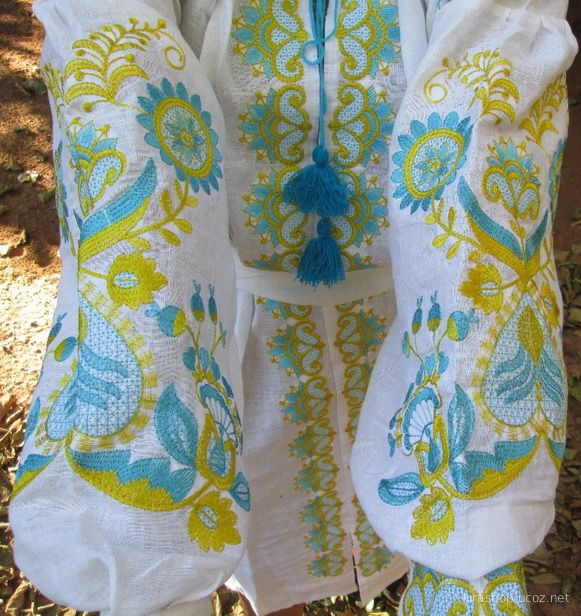
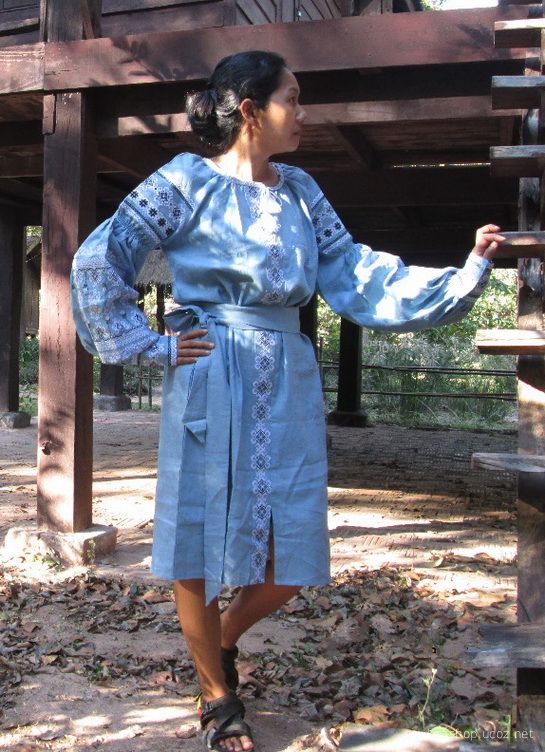
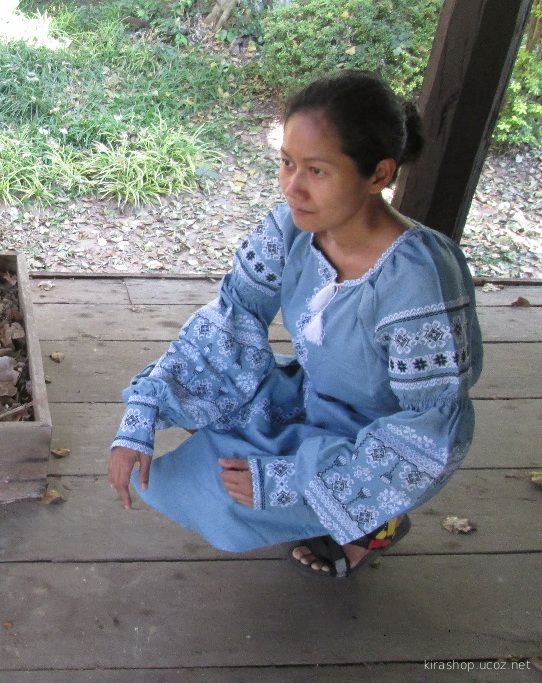 The 1830's Bohemian Establishment
By the 1830's, the French Bohemian art crowd and the Romantics embraced medieval and oriental clothing styles. With their colorful fabrics, long flowing hair, and wide brimmed hats, the artistic culture did come to resemble Gypsies.
The 1830's Bohemian Establishment
By the 1830's, the French Bohemian art crowd and the Romantics embraced medieval and oriental clothing styles. With their colorful fabrics, long flowing hair, and wide brimmed hats, the artistic culture did come to resemble Gypsies.
A second style, described by the novelist Henri Murger wrote tales about the people that he called Bohemians, centering on a group of artists and intellectuals in threadbare coats, and old shoes. The stories inspired Puccinni's famous opera, La Boheme.
 A third influential style was that Bohemian style evolved into a cult of the individual, a person whose very appearance became a work of art with carefully planned outfits and accessories. The word Bohemian suggested a sense of arcane and enlightenment. Bohemian life rejects materialism, private property, and centers on creativity and communal living. Often Bohemians ignore social convention and centering their lives on art.
[5].
A third influential style was that Bohemian style evolved into a cult of the individual, a person whose very appearance became a work of art with carefully planned outfits and accessories. The word Bohemian suggested a sense of arcane and enlightenment. Bohemian life rejects materialism, private property, and centers on creativity and communal living. Often Bohemians ignore social convention and centering their lives on art.
[5].
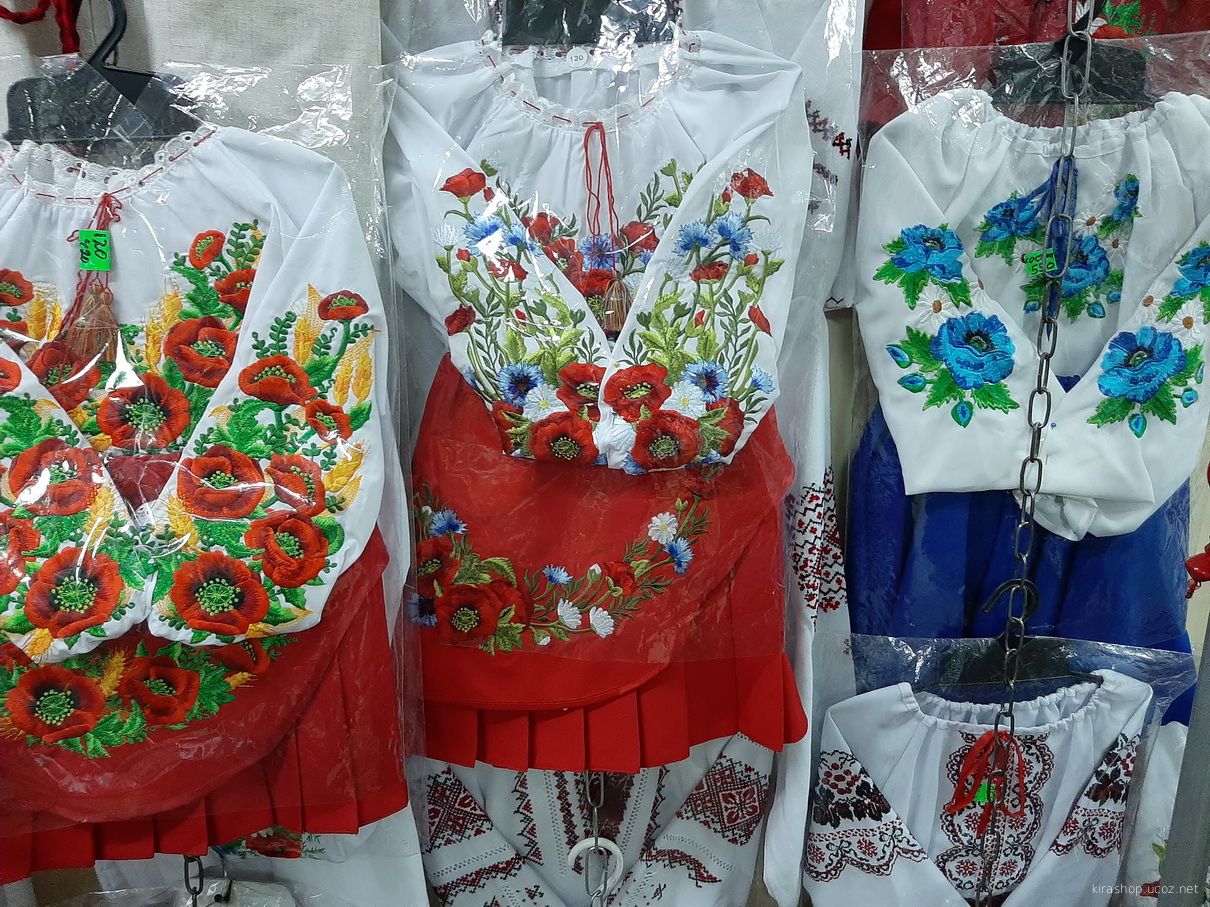 Bohemians in the 19th Century-the Aesthetic Movement
In the 19th century, the Aesthetic Movement became a type of Bohemian life style. The Aesthetics rebelled against the rigid social constraints of the Victorian era and embraced a style based on the clothing of the past, particularly medieval dress and oriental designs. Believing that the mass production of the Industrial Revolution was dehumanizing, the Aesthetics strove to encourage the old techniques of the middle ages with individually crafted goods. Clothing was loose and soft, using fabrics colored with organic dyes and decorated with hand embroidery. The Pre-Raphaelite artists rejected corsets, crinolines, and the stiff bodices and restrictive clothing of Victorian fashion.
[6].
Bohemians in the 19th Century-the Aesthetic Movement
In the 19th century, the Aesthetic Movement became a type of Bohemian life style. The Aesthetics rebelled against the rigid social constraints of the Victorian era and embraced a style based on the clothing of the past, particularly medieval dress and oriental designs. Believing that the mass production of the Industrial Revolution was dehumanizing, the Aesthetics strove to encourage the old techniques of the middle ages with individually crafted goods. Clothing was loose and soft, using fabrics colored with organic dyes and decorated with hand embroidery. The Pre-Raphaelite artists rejected corsets, crinolines, and the stiff bodices and restrictive clothing of Victorian fashion.
[6].
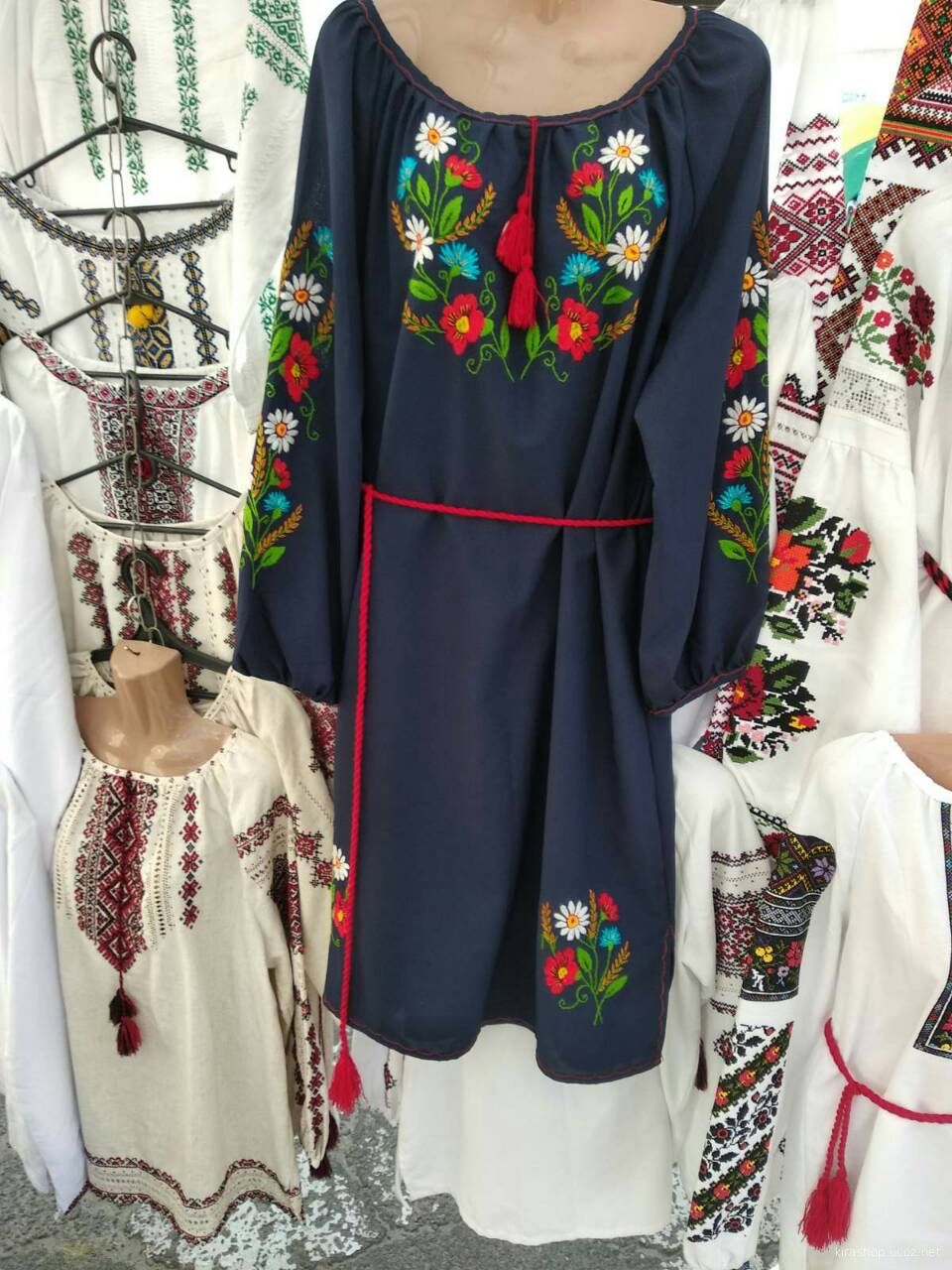 The 20th Century Hippie Bohemian Style
The early 20th century fashion designer reworked a variety of ethnic designs for Western fashion. The clothes originated from combination styles and elements of Russian peasant costume, Middle Eastern, Oriental, Africa, Caribbean, South Asia and historic dress which introduced Bohemian concepts in high fashion that eventually bled into mainstream fashion.
The 20th Century Hippie Bohemian Style
The early 20th century fashion designer reworked a variety of ethnic designs for Western fashion. The clothes originated from combination styles and elements of Russian peasant costume, Middle Eastern, Oriental, Africa, Caribbean, South Asia and historic dress which introduced Bohemian concepts in high fashion that eventually bled into mainstream fashion.
The Hippie Movement of the late 1960's incorporated Bohemian ideals. Centered on creativity of life and dress, Hippie style included elements of historic costume, ethnic dress, the casual neckties, romantic robes inspired black uniform, using the natural fibers, and a rejection of mainstream life. [6].

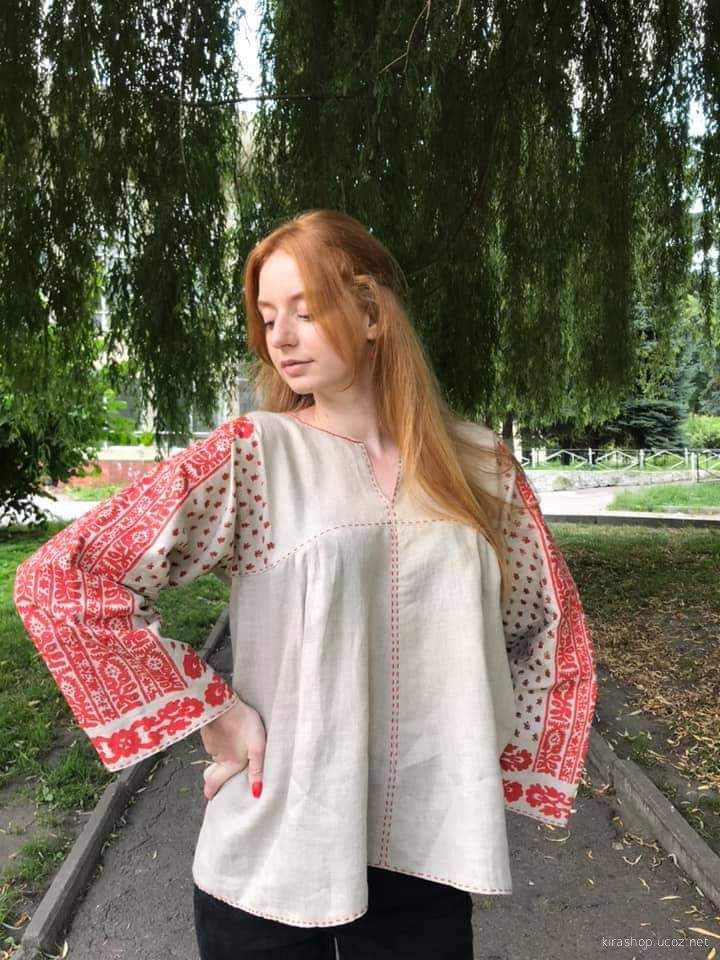 Modern Bohemian or Boho-Chic Style
Fashion designers in recent days introduce Bohemian style garments, so nature of the Bohemian life has become a cultural norm, and no longer unique and specific to a particular group. Yet what was once the casual originality of Bohemian dress has become the height of celebrity fashion and of high-street style. It therefore follows that in the twenty-first century, when everyone is Bohemian, no one can any longer be. [2,7].
Modern Bohemian or Boho-Chic Style
Fashion designers in recent days introduce Bohemian style garments, so nature of the Bohemian life has become a cultural norm, and no longer unique and specific to a particular group. Yet what was once the casual originality of Bohemian dress has become the height of celebrity fashion and of high-street style. It therefore follows that in the twenty-first century, when everyone is Bohemian, no one can any longer be. [2,7].
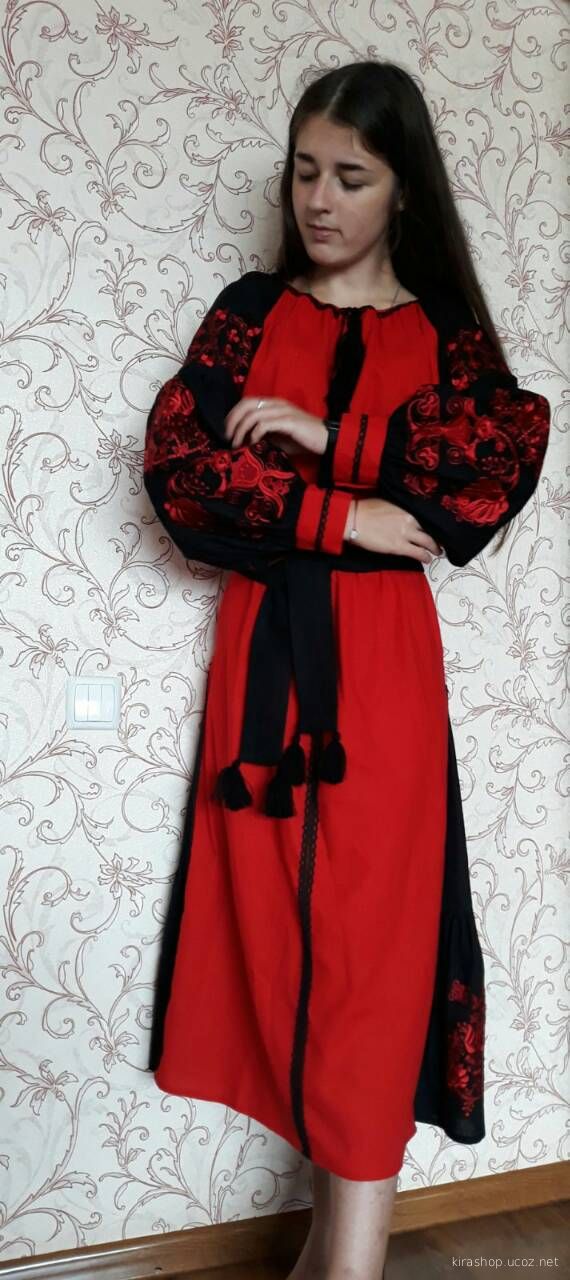 Years 2004-2005 have imposed fashionable Bohemian style which referred to "Boho-Chic" fashion. ‘Boho’ is an abbreviation of Bohemian and ‘Chic’ means stylish or elegant. Boho-Chic is a female style of fashion pulling on various Bohemian and Hippie styles, which is all about expressing identity with a free sense of mind; and inject personality into the style. It’s not just a fashion, it’s a personality. The key to Boho-Chic is to look the opposite of tidy or precise.
[8,9,10].
Years 2004-2005 have imposed fashionable Bohemian style which referred to "Boho-Chic" fashion. ‘Boho’ is an abbreviation of Bohemian and ‘Chic’ means stylish or elegant. Boho-Chic is a female style of fashion pulling on various Bohemian and Hippie styles, which is all about expressing identity with a free sense of mind; and inject personality into the style. It’s not just a fashion, it’s a personality. The key to Boho-Chic is to look the opposite of tidy or precise.
[8,9,10].
A) Peasant Girl Boho-Chic: Peasant-girl Boho-Chic style is very feminine and dainty. It includes long, flowing skirts made of lightweight natural materials in soft colors. Headbands, hair clips adorned with flowers, clothing items made with lace and embroidery, peasant-style tops and floral patterns are all common.
Long, messy, but neat hair is typical for those who adapt the peasant-women Boho-Chic style;
B) Rugged Boho-Chic: Rugged Boho-Chic style is a little more unpolished and unrefined. Well-worn and tattered denim shorts, pants or skirts are typical basis for dress in this style. Brightly colored tunic tops and feminine cowboy boots are often worn with denim. Accessories include colored scarves and shiny bangle bracelets;
C) Luxe Boh-Chic: For the higher-maintenance Boho-Chic women, Bohemian luxe style incorporates all of the elements of Bohemian and throws in modern and classic elements of designer, in addition to use heels and sparkly jewelry. It has an overall polished look while still maintaining uniqueness and creativity. Long but modern flowing dresses, such as maxi dresses, are a favorite style among women who adapt the Bohemian Luxe style;
D) Hippie Boho-Chic
Hippie Boho-Chic style borrows fashion trends from the 1970s for an artistic and unconventional look. Fringe, floppy hats, brightly colored skirts and wide-legged cotton pants are all commonly seen in this style. Vintage items are popular among this crowd of Boho-Chic style enthusiasts;
American Journal of Life Sciences
Boho-Chic Style Utilizing for Fashionable Apparel Design. By
Rehab Mahmoud Kotb
It’s like taking the best details and shapes from other styles and fashion decades. Have you ever tried mixing and matching your favorite tops and skirts, so why don’t you take it to the next level and try the same thing with mixing various styles?